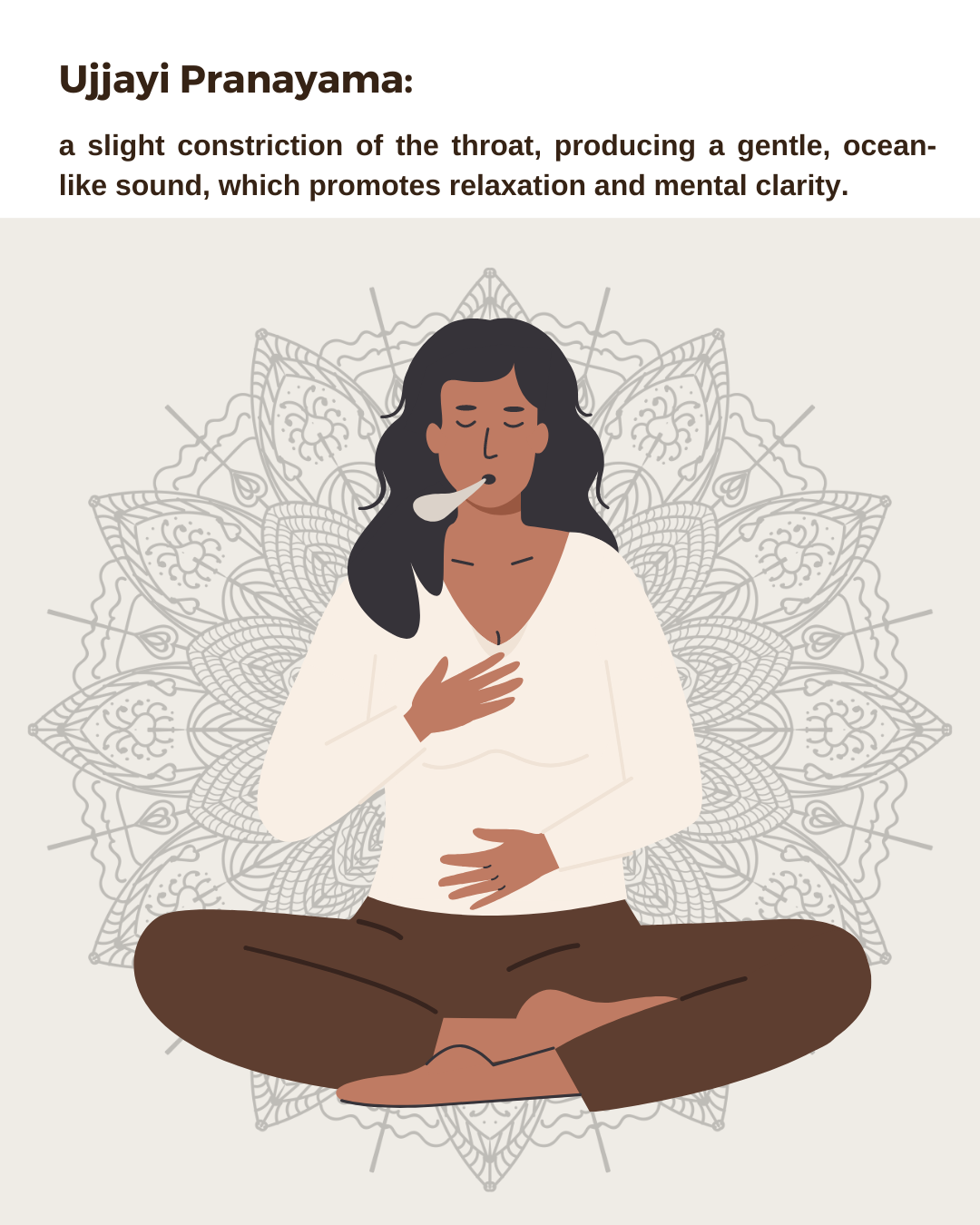 Where should we deliver your order?
Where should we deliver your order?Ayurvedic Meditation and Breathing Techniques for Mental Health

In today's fast-paced world, the need for mental well-being is more crucial than ever. The constant demands of work, relationships, and daily stressors can take a toll on our mental health, leaving us feeling overwhelmed and exhausted. While there are various approaches to improving mental well-being, one ancient practice that has gained recognition for its effectiveness is Ayurvedic meditation.
Ayurveda, a traditional system of medicine originating from India, offers a holistic approach to health and well-being. It emphasises the connection between the mind, body, and soul, recognising that true wellness is achieved when all aspects of our being are in harmony. Ayurvedic meditation is an integral part of this system, providing a path to balance and peace.
So why choose Ayurveda and Yoga for meditation? The answer lies in its unique understanding of the mind-body connection. According to Ayurveda, the mind and body are interconnected, and imbalances in one can lead to imbalances in the other. By practising Ayurvedic meditation, we can restore harmony to not just our mental and physical health, but also social & spiritual well-being.
One of the proven methods of Ayurvedic meditation is the practice of Pranayama:
Pranayama techniques involve conscious regulation of the breath to promote relaxation, balance, and clarity of the mind. Deep breathing exercises, such as Nadi Shodhana (alternate nostril breathing) and Ujjayi (victorious breath), are commonly used in Ayurvedic meditation to calm the nervous system and induce a state of deep relaxation.

Read more: Effect of Meditation and Breathing Exercises on the Well-being of Patients
Mantra Meditation:
where a specific sound or phrase, known as a mantra, is repeated silently or out loud during meditation.

The repetition of a mantra helps to quiet the mind, improve concentration, and cultivate a sense of inner peace. Popular mantras used in Ayurvedic meditation include "Om" and "So Hum," both of which hold deep spiritual significance and are believed to connect us to our true nature.






Trataka, or candle gazing:
In this practice, the meditator focuses their gaze on the flame of a candle, allowing the mind to become still and absorbed in the gentle flickering light.

Trataka is not only a powerful concentration exercise but also a form of eye therapy that can help reduce eye strain and improve vision. This technique is particularly beneficial for those who spend long hours in front of screens or suffer from digital eye strain.
Ayurvedic meditation also emphasises the importance of creating a conducive environment for practice. It is recommended to find a quiet, clean space where you can sit comfortably without distractions. Lighting a few candles, burning incense, or playing soft, soothing music can further enhance the ambiance and help create a peaceful atmosphere for meditation.
Ujjayi Pranayama or Victorious Breath:
Ujjayi Pranayama is a breathing technique that helps calm the mind, deepen concentration, and enhance relaxation.

To practice Ujjayi Pranayama, sit in a comfortable position and relax your body. Take a slow, deep breath in through your nose, filling your lungs completely. As you exhale, slightly constrict the back of your throat, creating a gentle "ocean-like" sound. Continue this deep, rhythmic breathing, focusing on the sound and sensation of your breath.
Ujjayi Pranayama not only brings a sense of calmness but also helps purify the mind and release stress and tension.
Consistency is key when practising Ayurvedic meditation. Start with just a few minutes each day and gradually increase the duration as you become more comfortable. Remember, meditation is a personal journey, and it's essential to listen to your body and mind, allowing yourself to progress at your own pace.
Conclusion
In conclusion, Ayurvedic meditation offers a holistic and time-tested approach to enhancing mental well-being. By incorporating Pranayama techniques, such as Nadi Shodhana and Ujjayi breath, along with practices like mantra meditation and Trataka, we can cultivate inner peace, reduce stress, and improve overall mental health. So, take a moment to pause, breathe, and embark on a journey of self-discovery through Ayurvedic meditation. Your mind and body will thank you for it.
Remember, good health is a lifelong journey, and seeking professional guidance is crucial. If you're looking for AYUSH-based consultation, health check-ups, and valuable research-based health tips, I encourage you to visit Healthybazar. Take charge of your health today and embark on a path towards a happier and healthier you.

 Herbal remedies
Herbal remediesThe Positive Impact of Exercise on Mental Well-Being
 Sonal RaniJan 11, 2026
Sonal RaniJan 11, 2026 Health Concern
Health ConcernTips For Improving Physical And Mental Health
 Dr. Shivani Jan 10, 2026
Dr. Shivani Jan 10, 2026 Diet and Lifestyle
Diet and Lifestyle09 Simple Ways to Relieve Stress and Anxiety & How are they Different
 Dr. Shivani Jan 10, 2026
Dr. Shivani Jan 10, 2026 Health Concern
Health Concern10 Therapeutic Benefits of Himalaya Stress Relief Massage Oil
 Dr. Shivani Jan 10, 2026
Dr. Shivani Jan 10, 2026 Diet and Lifestyle
Diet and LifestyleWhich medicines are safe for stress and anxiety
 Sonal RaniJan 11, 2026
Sonal RaniJan 11, 2026













 4
4




